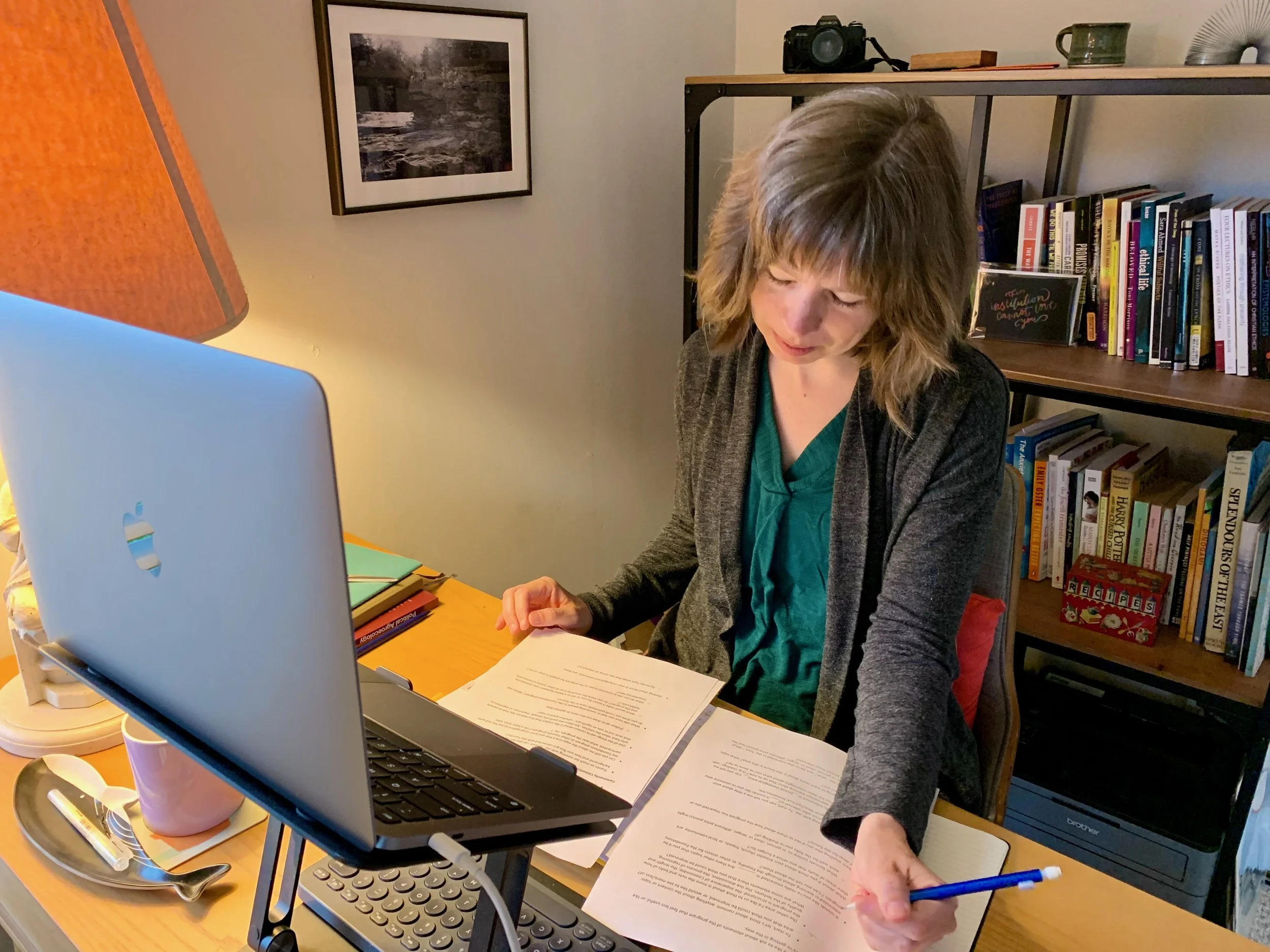The Takeaway
Project & impacts: This university-based service design sprint generated insights about challenges in the enrollment journey of a continuing education program, and led program leadership to make both immediate improvements (e.g. redesigning enrollment page flow) and longer-term investments (e.g. re-allocation of staff time) to strengthen the enrollment pipeline.
My role: Lead design strategist and researcher; design thinking advocate and coach.
Improving the Enrollment Journey of Online Adult Learners
A Project to Increase the Reach of Community-Based Programming
Background
The Candler Foundry at Emory University is a program that aims to make theological education accessible to all: community organizers, laypeople, non-profit leaders, young people discerning their careers. The Foundry offers one-day and several-week courses on a variety of topics both in person and online, and recently added an eight-month certificate program as a way to earn a “micro-credential” in a specific field (for example, Conflict Transformation).
The problem: while many expressed interest in this program as it was being designed, enrollment in the first cohort was lower and more homogeneous than expected. The Foundry needed to identify pain points in the user enrollment journey and learn more about how to better match the certificate program’s offerings to user needs.
Design Challenge
How might we increase the reach and impact of an innovative online theological education program?
Methods Used
Design Strategy
Workshop Facilitation
Stakeholder Relations
User Research (interviews, survey)
Service Design
Project Roles
Lead Design Strategist
Lead Researcher
Program Evaluator
Process
In response, I guided Foundry leadership in a 6-week research and design strategy project that clarified the certificate’s target audiences and identified opportunities to improve the enrollment journey. I first met with the clients to understand their hopes, frustrations, and goals for the project. I then designed and implemented a user research process involving a survey, website usability study, and interviews with both program users and relevant non-users (e.g. lay leaders in churches not connected to the Foundry).
This process revealed two key insights:
1) The program’s online presentation, lack of relationship with desired user groups (e.g. non-Methodist churches) and curriculum design mismatched to these groups’ needs was limiting its ability to connect with new audiences. As one participant put it, “a video of a white Bible scholar in a library is not going to draw people in my church to this content.”
2) The path to online enrollment even for those who were interested in the program was extremely confusing. For example, potential learners had to click “Register” to see this information about course topics and times.
Using personas, a journey map, and a service blueprint, I helped Foundry leadership understand these findings and identify potential strategies for outreach to new audiences as well as near-term website improvements (for example: making course times and topics clearer and more easily found). I also led them in a participatory brainstorming session about how to implement these changes and work toward higher-lift curricular and outreach shifts in the future.
Impacts
This project was completed recently, and Foundry leadership is now acting on insights generated by the research in the following areas:
● Redesigning the online information architecture to clearly feature certificate topic areas and available times on the program’s landing page
● Moving to design courses and online content specifically for and with target user groups, rather than creating broad content expected to attract wide (and mythical) audiences. Focusing outreach efforts on these groups, rather than broad advertising
● Re-allocating staff time to maximize relationship building with potential user groups. The program also now has hard data to advocate for increased outreach staffing as opportunities arise with university leadership.




